Sanding, sculpture and cigars: Paul Schimmel remembers ceramicist Ken Price
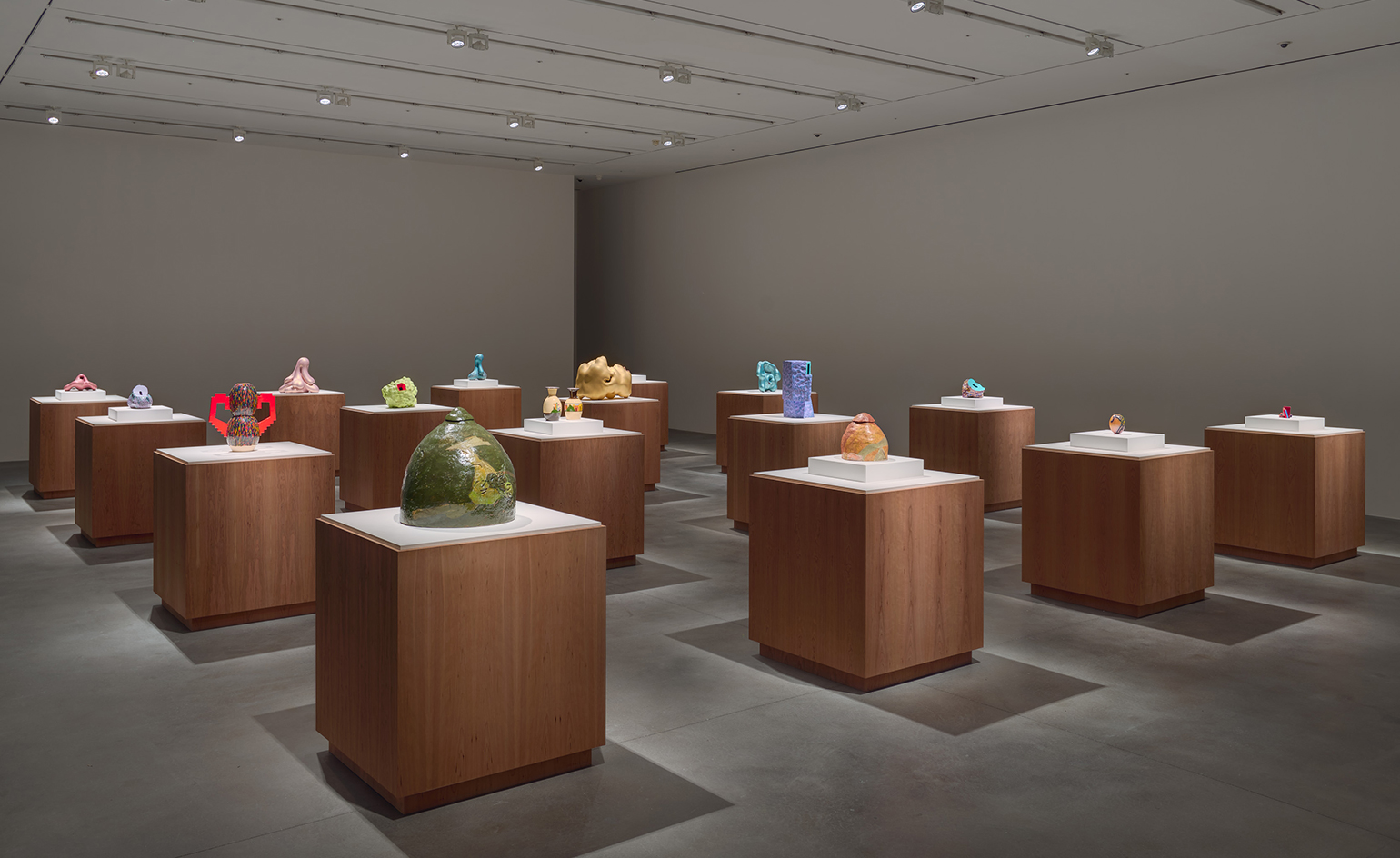
Ken Price's ceramics have been admired by Londoners from afar for too long. Or so thinks curator Paul Schimmel, who knew the great ceramicist well for 30-odd years, before he passed away in 2008. Even the artist's renowned American touring exhibition between LACMA and the MET in the 1980s missed Europe by some lengths. In fact, here in London we haven't seen a substantial collection of the seminal American artist's works since the 70s. They've come over in dribs and drabs, at fleeting art fairs or in group shows, to be seen in the fantastic bulbous flesh by a lucky few, but not in great numbers as they are now seen in a major new retrospective at Hauser & Wirth in Mayfair.
'I knew I wanted to do this exhibition,' Schimmel explains. 'But I knew it had to be in London. It seemed like a perfect fit given the long history of the arts and crafts movements in England. They have a very privileged place; an appreciation amongst connosieurs.' But Schimmel is still unsure how Londoners will take to the work. 'I just hope they like it,' he says a few days before the exhibition opens. The exhibition charts the connections between Price's famed ceramics and his lesser known presentation drawings, sketches and paintings. Organised chronologically, Price's artistic development, and its many phases, visually unfurl.

Installation view at Hauser & Wirth London
Despite the broad spectrum, each sculpture and drawing bares Price's signature: bold colours and otherworldly shapes, drawing on functional ceramic influences mixed with a contemporary, popular-culture edge. Take Happy's Curios for instance - a series of drawings and sculptures that Price dedicated the best part of a decade to, named after his wife. This collection invokes the traditional crafts of Taos, New Mexico, where Price and his family moved in the seventies from Los Angeles, mingling an LA vocabulary of billboards, posters and advertising. The eighties saw Price edge to a more graphic aesthetic, which he continued to refine until his death, all the while continuing to develop his language of fine- and folk art.
He was still creating work right up until the end, Schimmel recalls. Despite Price's steady output, his studio was the most 'un-factory-like place'. It was a one-man show, driven by Price's passion for his craft. Only towards the very end did Price begin to ask for help with the laborious sanding process. This extended as far as his son.
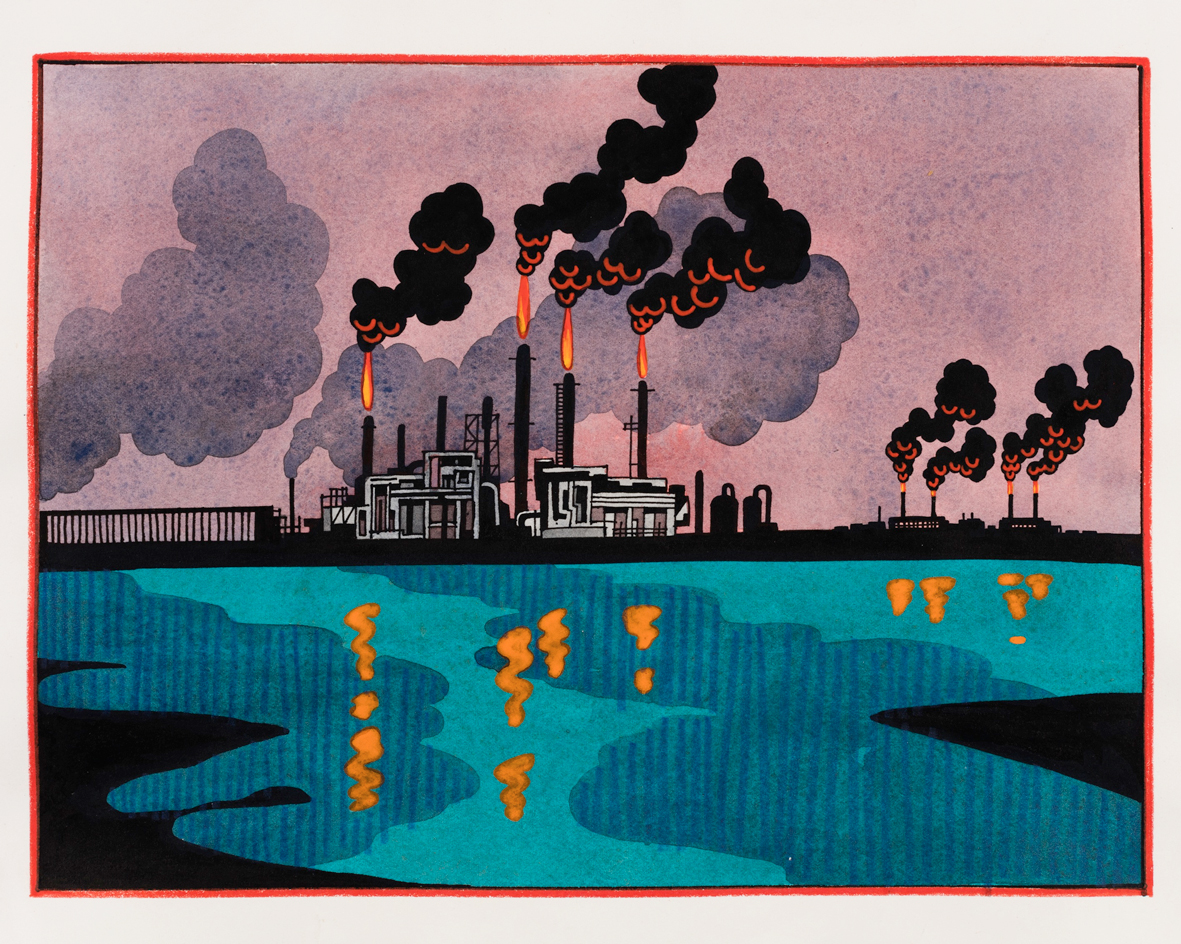
'Untitled', 1993.
Price and Schimmel's personal relationship shines through the exhibition's nuanced curation. Ceramics are placed on elevated pedestals, encouraging visitors to interact with them from every angle – a little like Schimmel did himself, on private tours of the artist's small, cigar-hazy studio. 'I remember him sitting in his seat with these big globular sculptures resting in his lap, wearing his apron,' Schimmel offers, 'with me just watching him sand and smoke and talk. He was very happy in that time.'
This joy for making is manifested in the resulting, now revered, works. Schimmel is keen to remind us, however, that they were not always universally thought of as such. It was largely because of Price that ceramic art became the profitable, collectable medium it is today. As Schimmel says, Price would have preferred to not have struggled financially throughout his career; not to be the 'poor relative'. His love of his work, along with his peers continual support and admiration saw him through. Ultimately, it must have been worth it. As Schimmel explains, 'Price was someone who knew his pleasures. He seemed absolutely a person who knew themselves.'

Sensitively curated by Paul Schimmel, the exhibition places Price's renowned ceramics on elevated pedestals
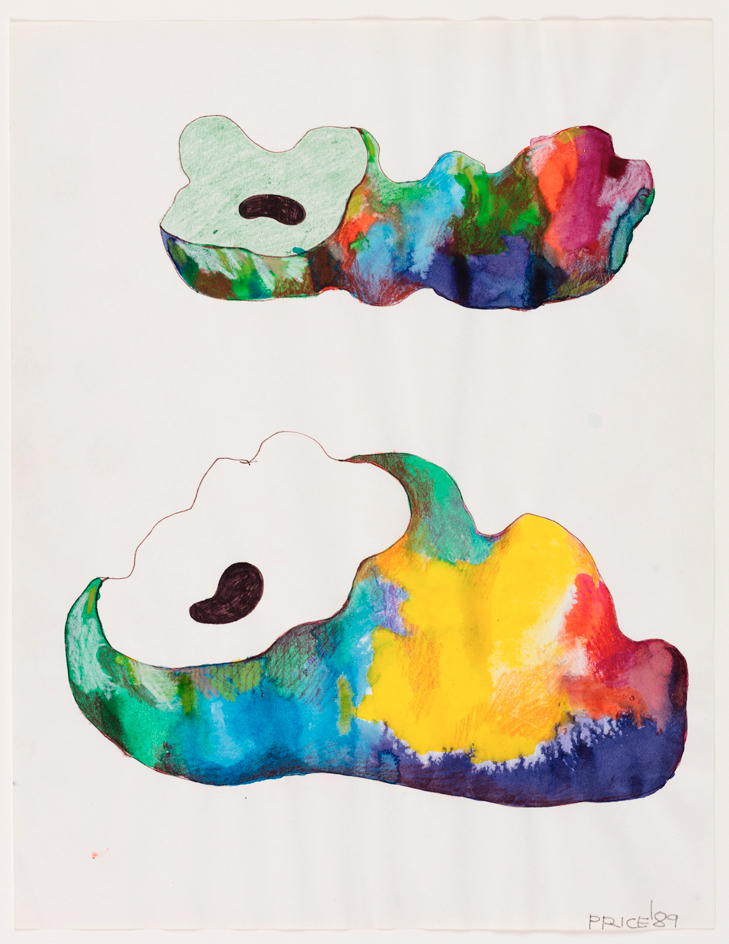
Untitled, 1989.
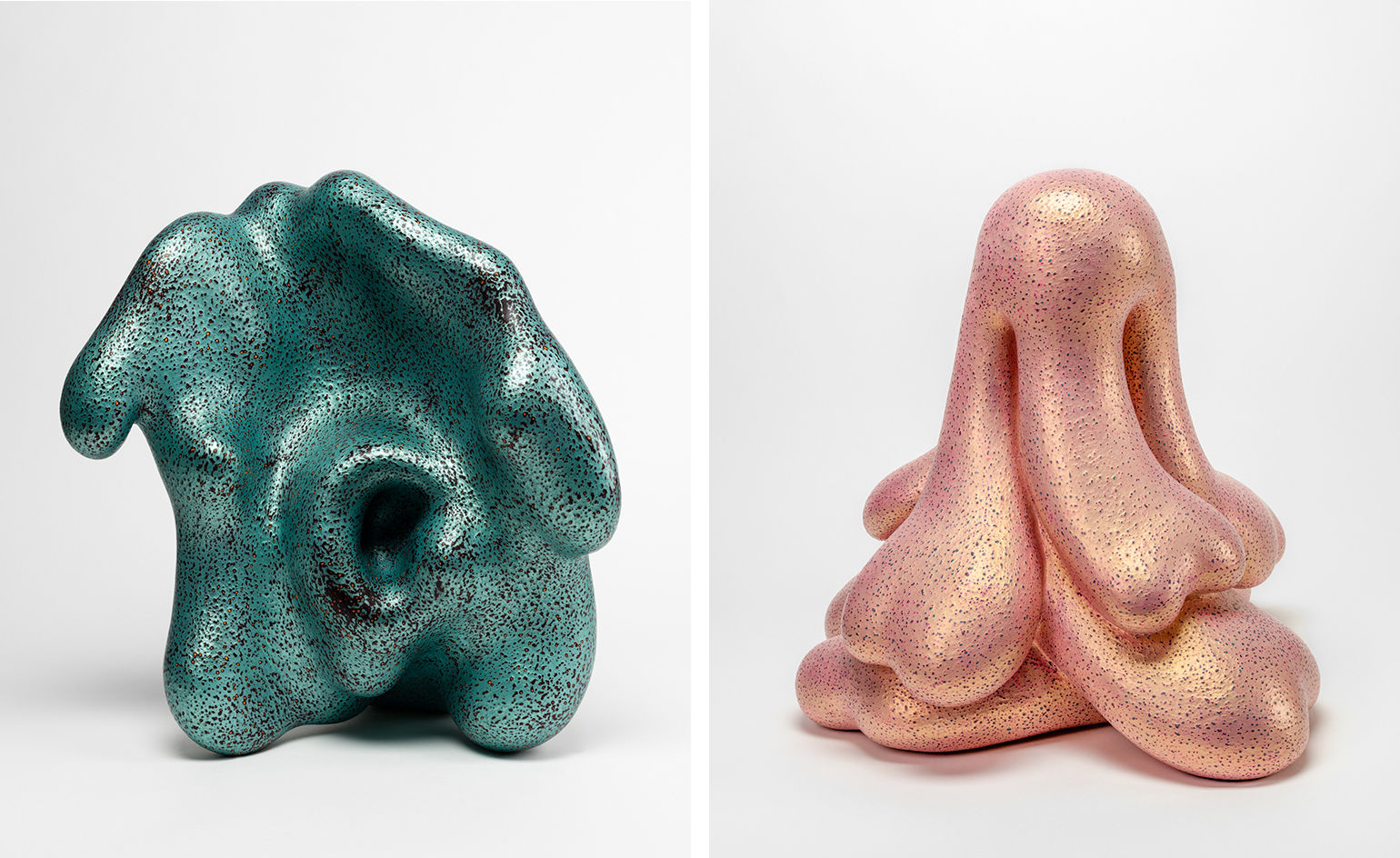
Left, Ghosted, 1998. Right, McLean, 2004.
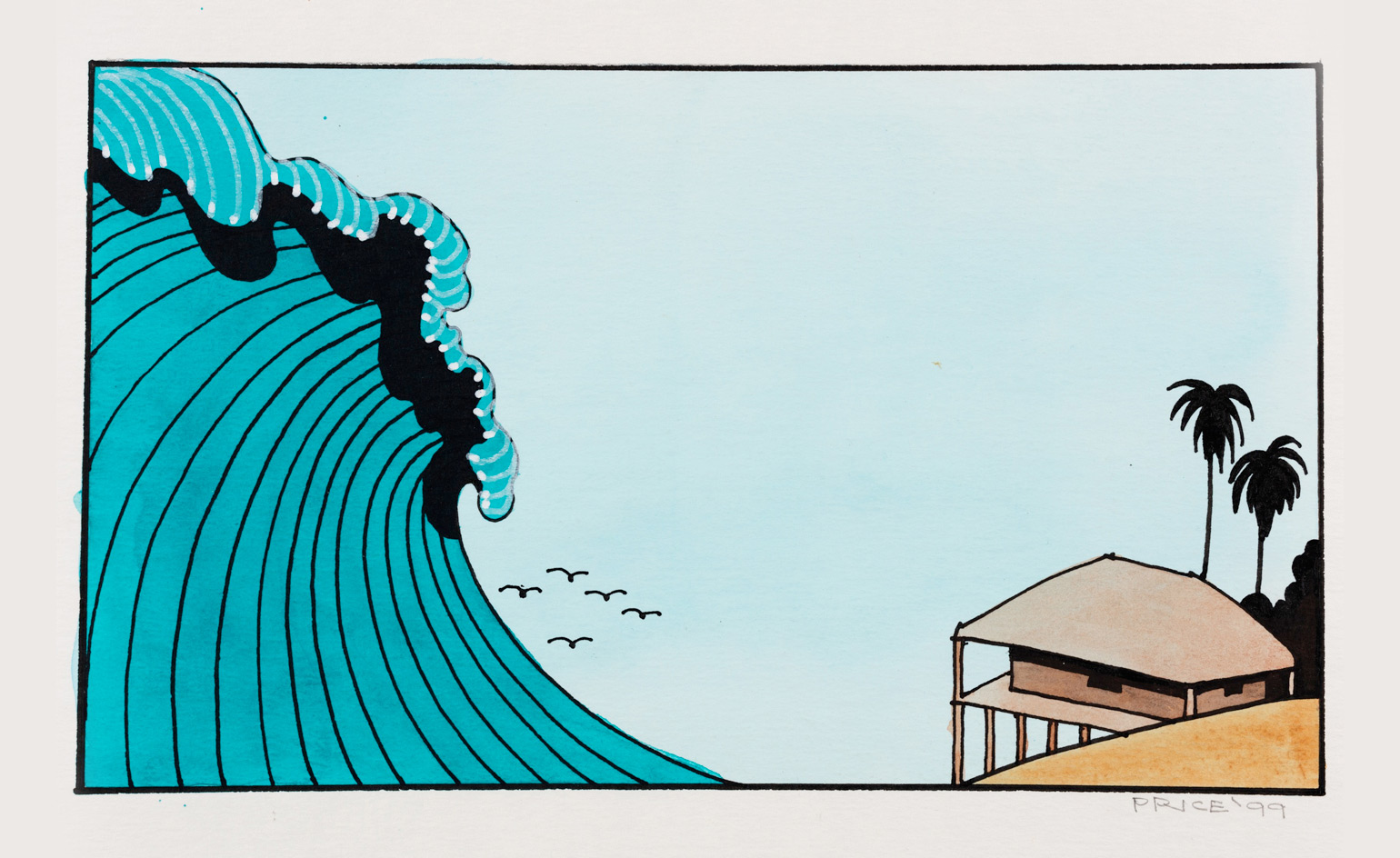
Untitled, 1999.
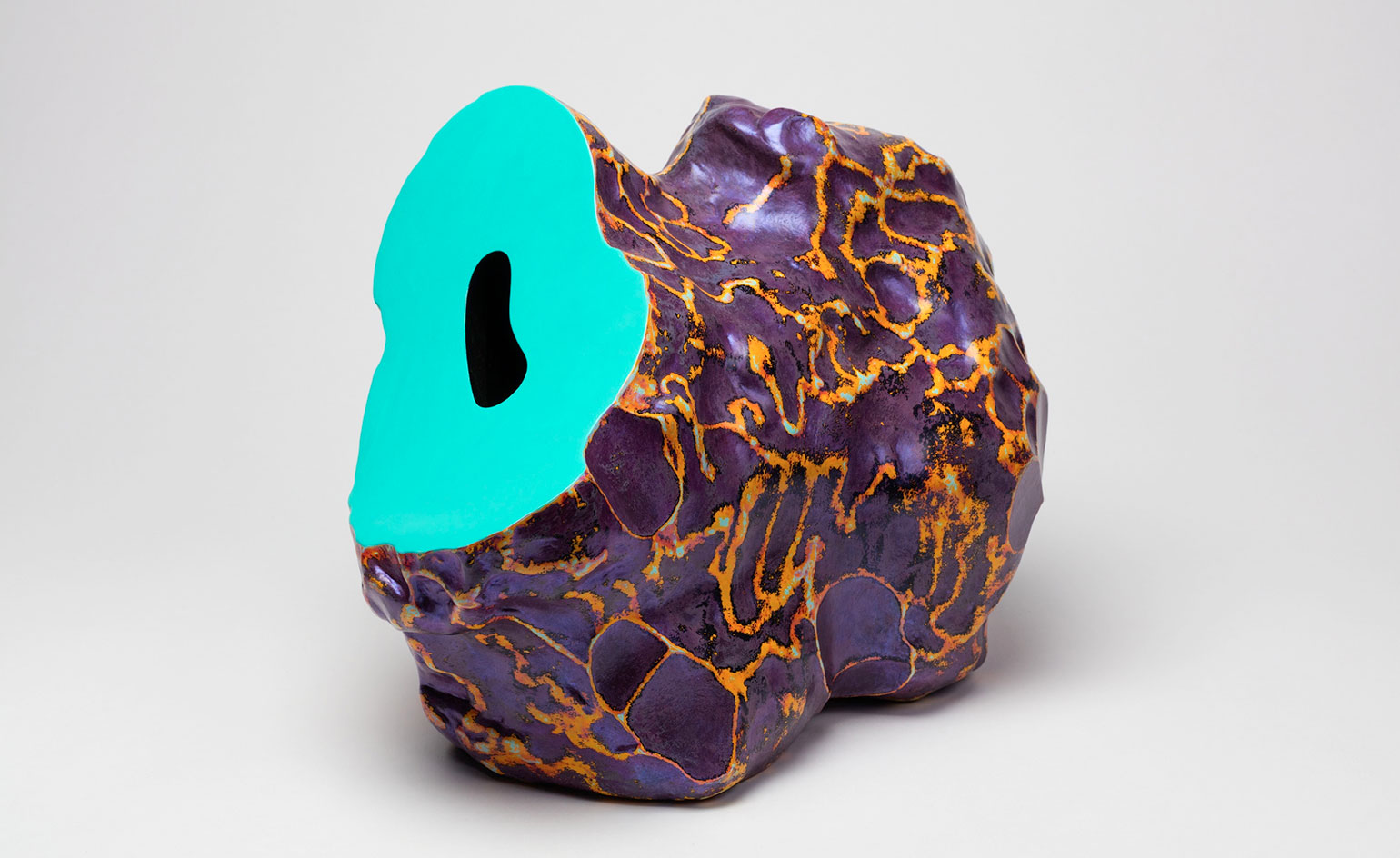
The Lug, by Ken Price, 1988.
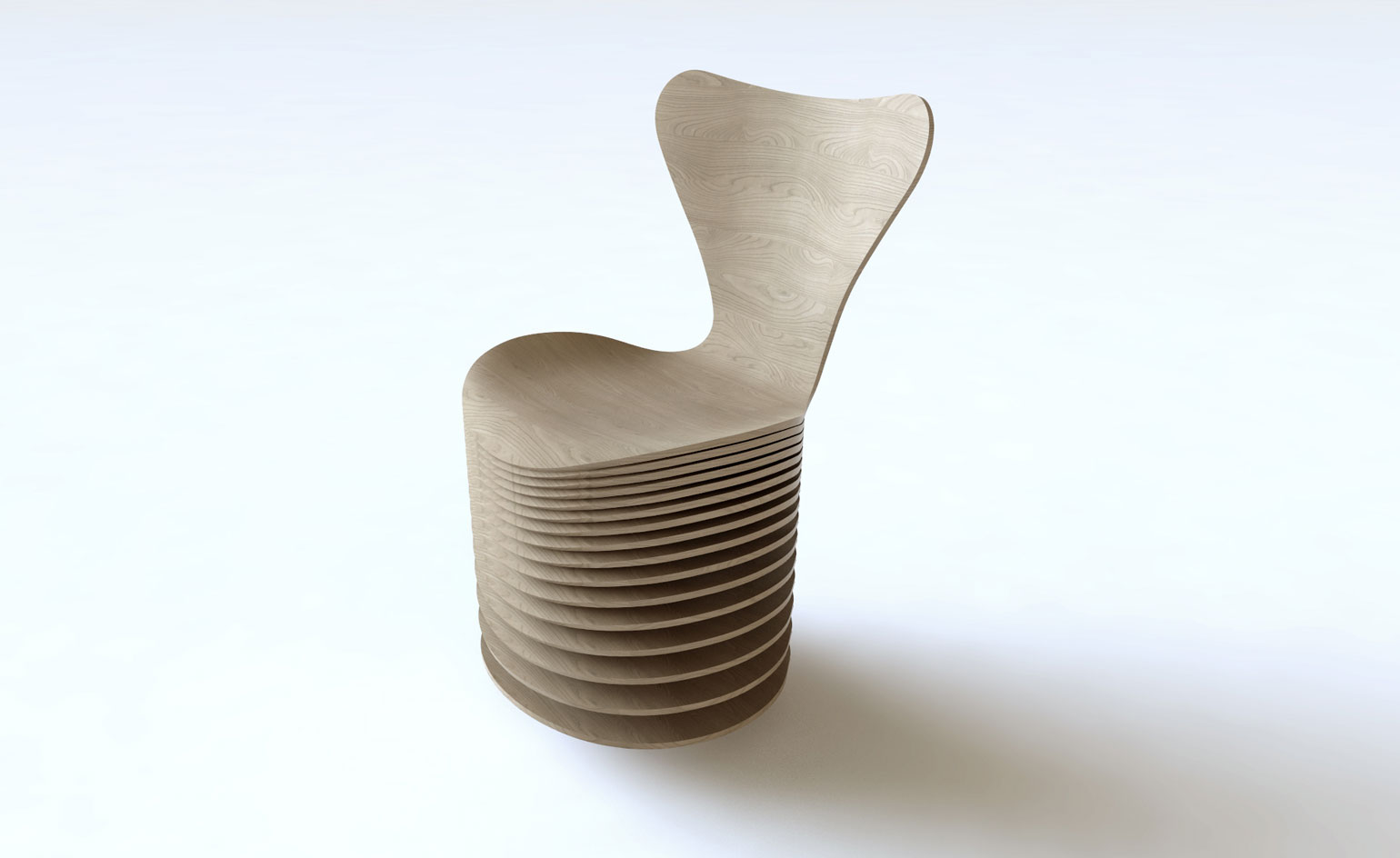
The 1980s saw Price edge to more graphic aesthetic, which he continued to refine until his death
Information
'Ken Price: A Survey of Sculptures and Drawings, 1959 – 2006' is on view until 4 February. The exhibition is accompanied by a monograph featuring a foreword by curator Paul Schimmel, produced by Hauser & Wirth Publishers and co-published with Prestel. For more information, visit the Hauser & Wirth website
Address
Hauser & Wirth
23 Savile Row
London W1S 2ET
Receive our daily digest of inspiration, escapism and design stories from around the world direct to your inbox.
Elly Parsons is the Digital Editor of Wallpaper*, where she oversees Wallpaper.com and its social platforms. She has been with the brand since 2015 in various roles, spending time as digital writer – specialising in art, technology and contemporary culture – and as deputy digital editor. She was shortlisted for a PPA Award in 2017, has written extensively for many publications, and has contributed to three books. She is a guest lecturer in digital journalism at Goldsmiths University, London, where she also holds a masters degree in creative writing. Now, her main areas of expertise include content strategy, audience engagement, and social media.
-
 Modernism for sale: a Norman Jaffe-designed icon on Shelter Island hits the market
Modernism for sale: a Norman Jaffe-designed icon on Shelter Island hits the marketThe Osofsky House epitomised the glamour of high-end 70s modernism on Long Island. Now updated and refurbished, it’s back on the market for the first time in over two decades
-
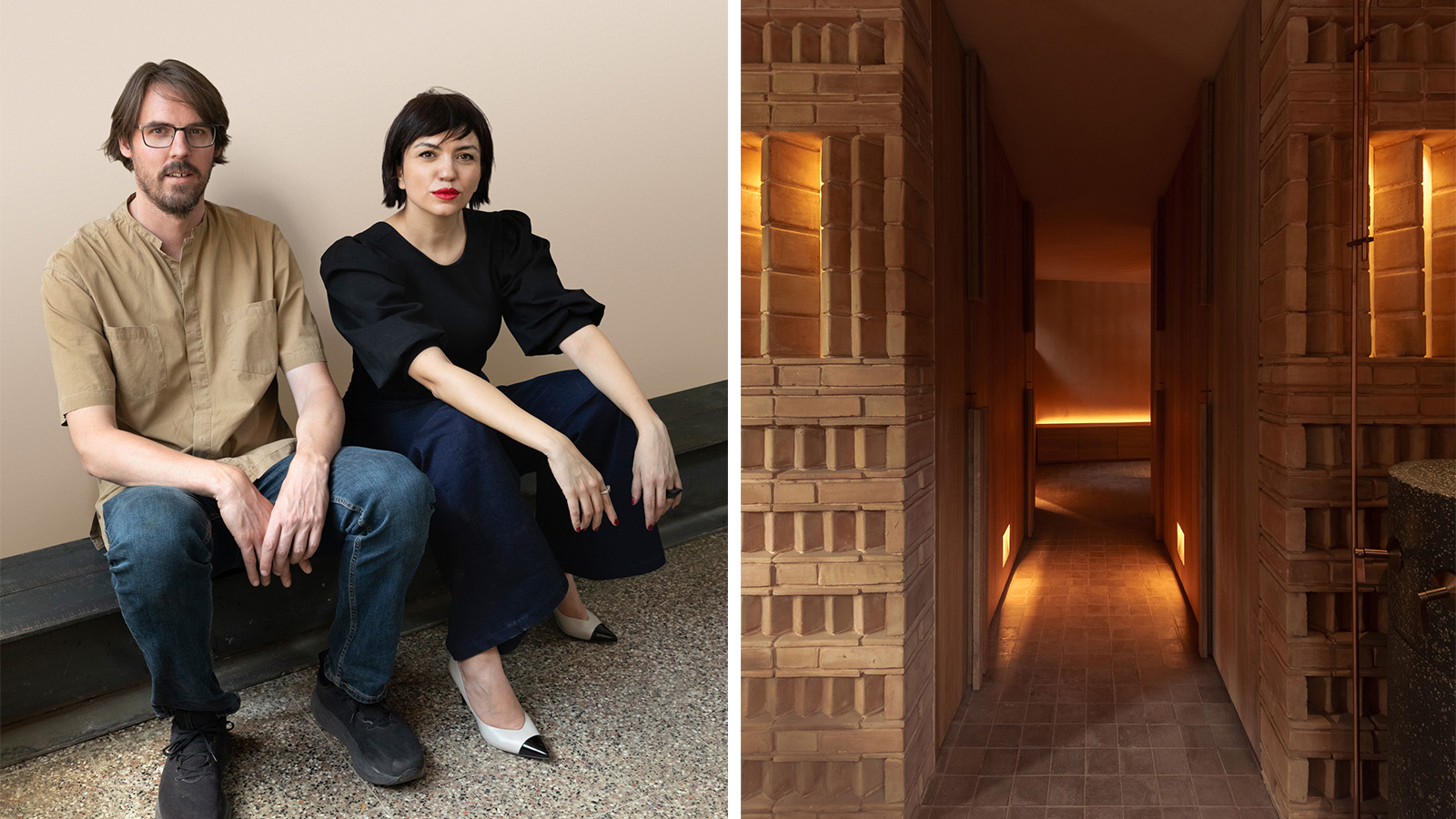 Discover Locus and its ‘eco-localism' - an alternative way of thinking about architecture
Discover Locus and its ‘eco-localism' - an alternative way of thinking about architectureLocus, an architecture firm in Mexico City, has a portfolio of projects which share an attitude rather than an obvious visual language
-
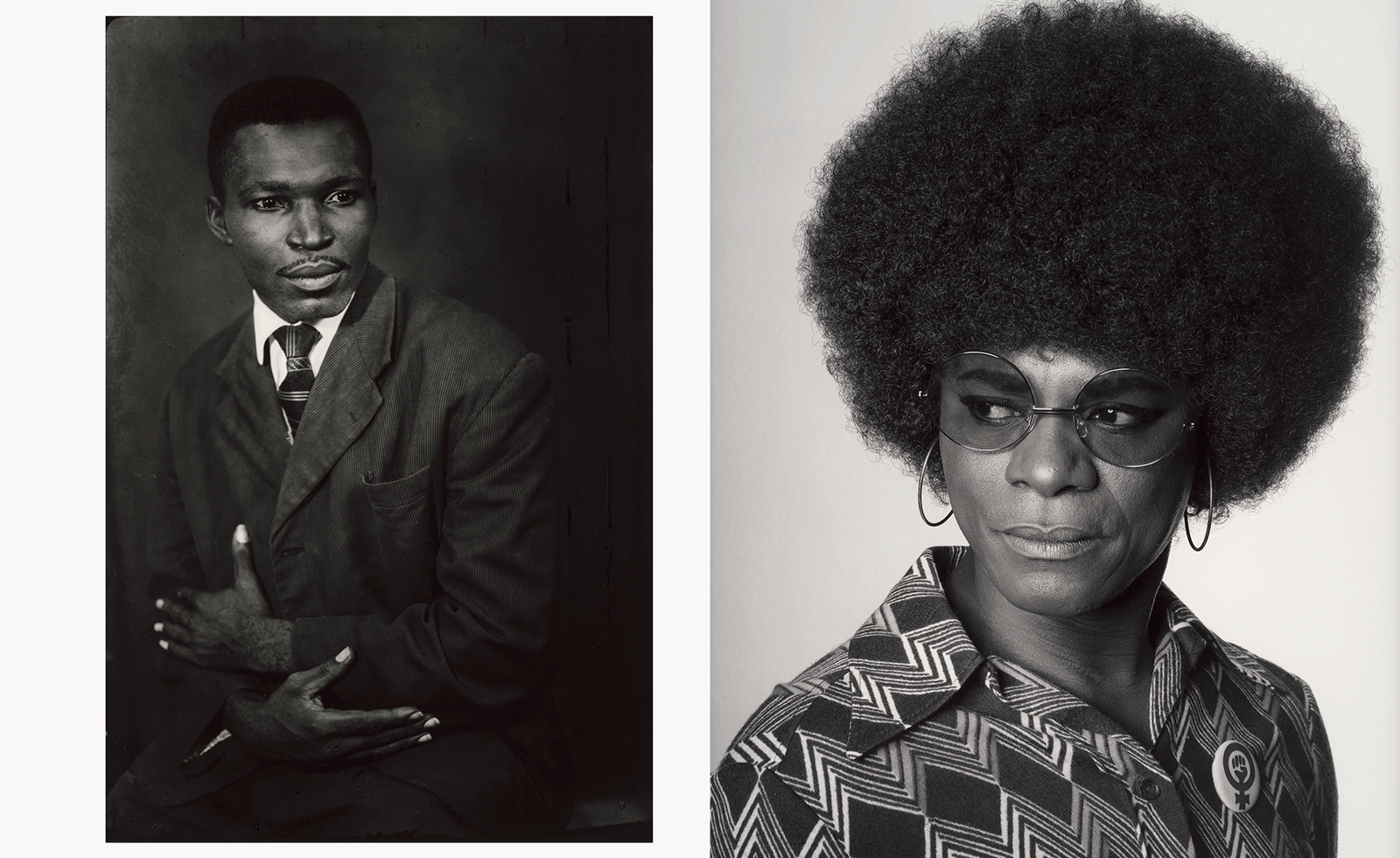 MoMA celebrates African portraiture in a far-reaching exhibition
MoMA celebrates African portraiture in a far-reaching exhibitionIn 'Ideas of Africa: Portraiture and Political Imagination' at MoMA, New York, studies African creativity in photography in front of and behind the camera
-
 Out of office: The Wallpaper* editors’ picks of the week
Out of office: The Wallpaper* editors’ picks of the week'Tis the season for eating and drinking, and the Wallpaper* team embraced it wholeheartedly this week. Elsewhere: the best spot in Milan for clothing repairs and outdoor swimming in December
-
 Sculptor Woody De Othello paints a Miami museum red for a show that ‘almost hugs you’
Sculptor Woody De Othello paints a Miami museum red for a show that ‘almost hugs you’The Miami-born, California-based artist opens his first museum exhibition in his hometown as an experiential journey through life and lifeless objects
-
 Out of office: The Wallpaper* editors’ picks of the week
Out of office: The Wallpaper* editors’ picks of the weekFar from slowing down for the festive season, the Wallpaper* team is in full swing, hopping from events to openings this week. Sometimes work can feel like play – and we also had time for some festive cocktails and cinematic releases
-
 The Barbican is undergoing a huge revamp. Here’s what we know
The Barbican is undergoing a huge revamp. Here’s what we knowThe Barbican Centre is set to close in June 2028 for a year as part of a huge restoration plan to future-proof the brutalist Grade II-listed site
-
 Out of office: The Wallpaper* editors’ picks of the week
Out of office: The Wallpaper* editors’ picks of the weekIt’s wet, windy and wintry and, this week, the Wallpaper* team craved moments of escape. We found it in memories of the Mediterranean, flavours of Mexico, and immersions in the worlds of music and art
-
 Each mundane object tells a story at Pace’s tribute to the everyday
Each mundane object tells a story at Pace’s tribute to the everydayIn a group exhibition, ‘Monument to the Unimportant’, artists give the seemingly insignificant – from discarded clothes to weeds in cracks – a longer look
-
 Out of office: The Wallpaper* editors’ picks of the week
Out of office: The Wallpaper* editors’ picks of the weekThis week, the Wallpaper* team had its finger on the pulse of architecture, interiors and fashion – while also scooping the latest on the Radiohead reunion and London’s buzziest pizza
-
 Out of office: The Wallpaper* editors’ picks of the week
Out of office: The Wallpaper* editors’ picks of the weekIt’s been a week of escapism: daydreams of Ghana sparked by lively local projects, glimpses of Tokyo on nostalgic film rolls, and a charming foray into the heart of Christmas as the festive season kicks off in earnest